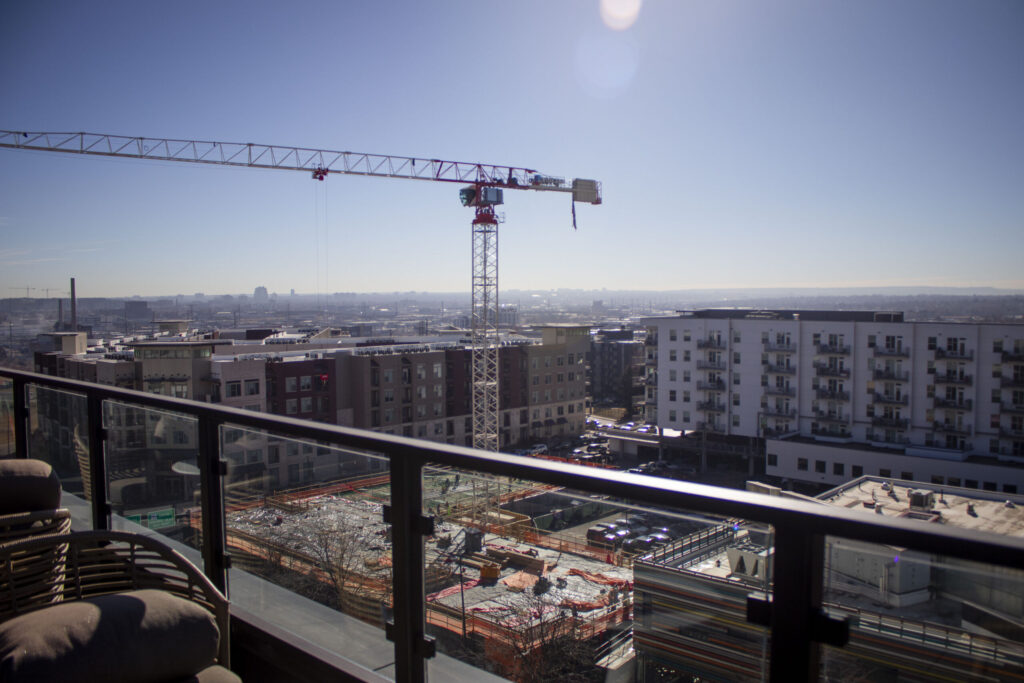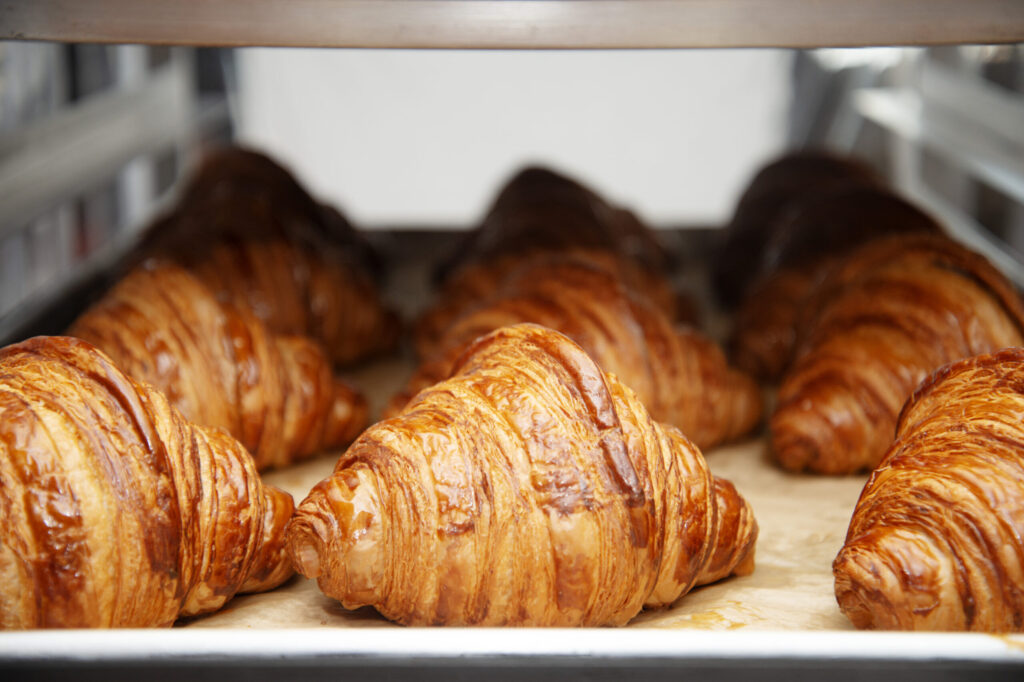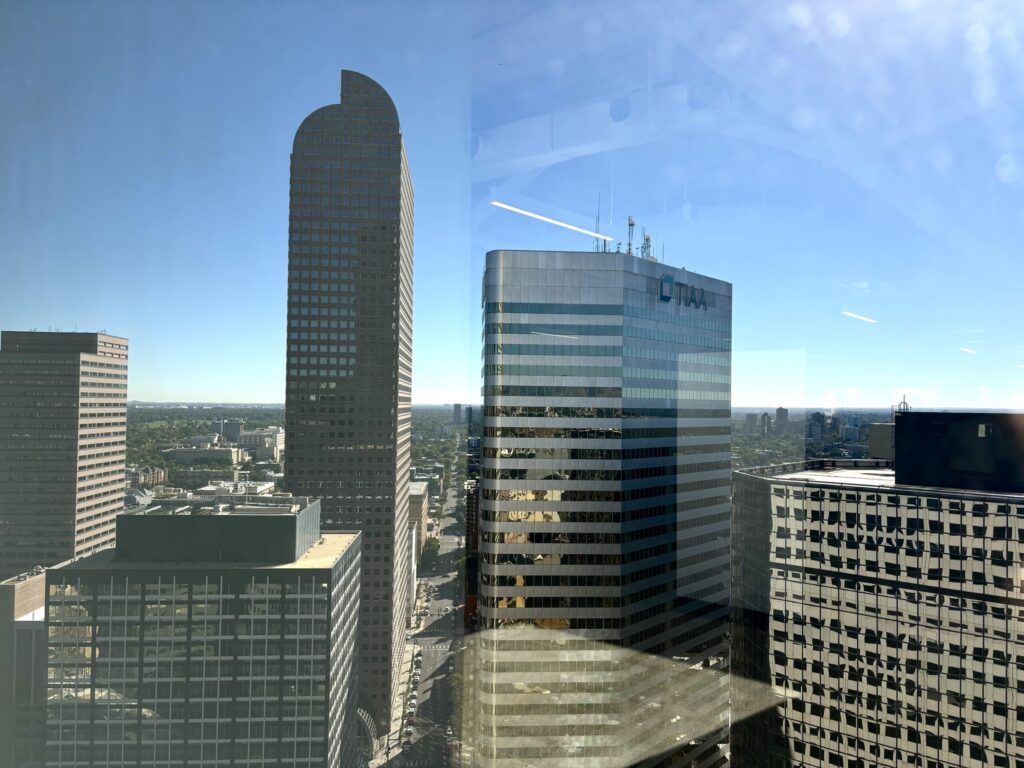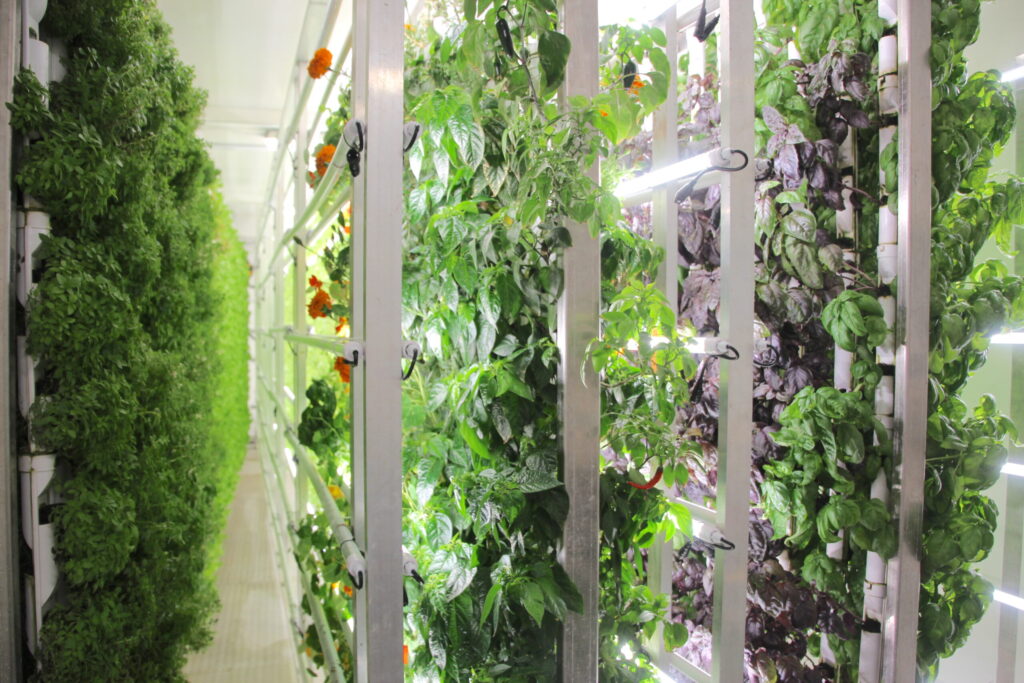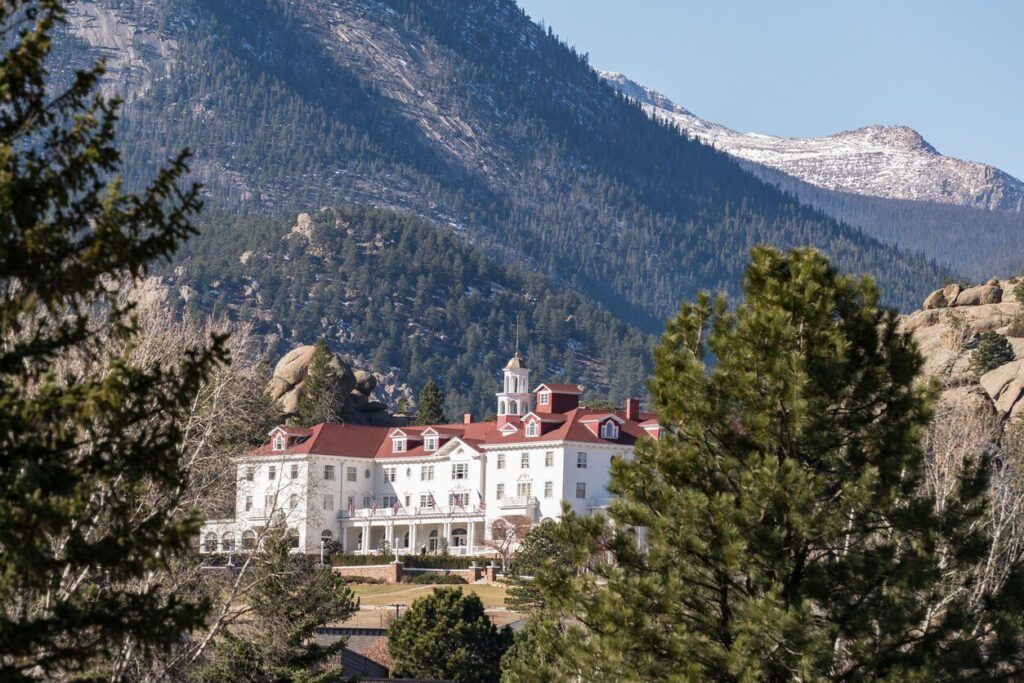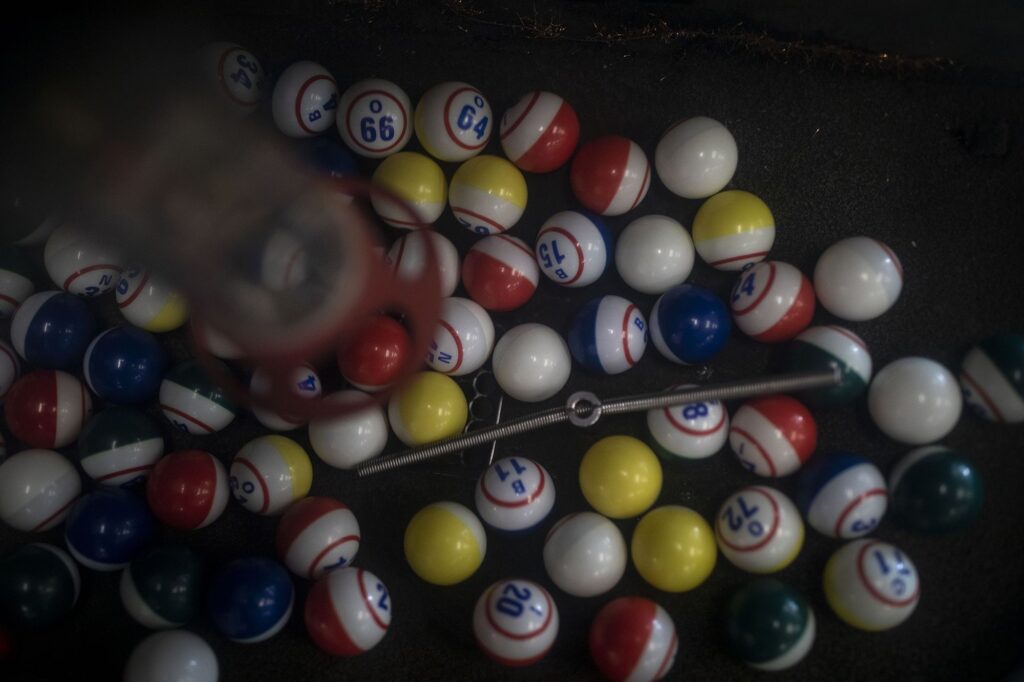What happened to 16th Street Mall’s old trees?
A few of the honey locust trees that once lined the 16th Street Mall for 40 years got benched, literally.
As part of 16th Street Mall’s renovation project, Denver is upgrading the tree canopy on the famous thoroughfare with more biodiversity, shading and greenery to downtown. The old trees had to be removed.
But before the city uprooted the trees, Denver-based landscape architects at Superbloom wanted to keep about a dozen of 16th Street Mall’s honey locusts for their upcoming collaboration with the new aspen-tree inspired Populus hotel.
They took trunks of those trees and transformed them into benches for the sidewalk corner of 14th Street and Colfax Avenue, keeping the branches sticking out to support the legs on the ground.

Denver took out the trees on 16th Street Mall to replace them with a larger, more biodiverse canopy.
“Our trees are special. I know it was very upsetting to a lot of people that they were getting cut down at all,” said Stacy Passmore, co-founder of Superbloom. ”We were really excited that something new could come out of it.”
The delayed 16th Street Mall renovation, which hindered businesses already struggling with post-pandemic recovery, is scheduled to be fully reopened by summer. It’s set to have a larger tree canopy including 10 species such as honey locust, maple, elm and oak, according to Denver’s Department of Transportation & Infrastructure.
The canopy is a “key feature” of the 16th Street Mall project increasing the number of trees by 30% from 150 to 200 trees, said Nancy Kuhn, spokeswoman for DOTI, in an email.
The city is installing an underground soil and irrigation system to help expand the lifespan of the mall’s trees and give them more room to grow.
The trees used for the Populus were the only ones saved from the original mall, Kuhn confirmed.
Honey locusts were one of the most popular trees of choice to plant in Denver in the 1970s and 1980s, said Tyler Krob, landscape architect at Superbloom. They’re generally considered “urban tolerant” and easy to maintain due to their confetti-like leaves.

Landscape architects measured the circumference of trees on 16th Street Mall before they were removed for the extensive renovation project.

The 16th Street Mall tree benches made by Where Wood Meets Steel sit in the workshop before they were installed in front of the Populus hotel in Downtown Denver.
Before they were removed, Superbloom went to the blocks between Glenarm Place and Champa Street to measure each tree for their choosing, tagging the largest ones and learning by the circumference of the trees where sunlight shined the brightest along the mall.
They chose the largest trees to have the most wood to work with for the benches, but the landscape architects said they also wanted to keep the shape of the tree as much as possible.
The architects took inspiration from the hotel’s woodlands theme and were inspired by fallen trees on the forest floor. Superbloom also worked on the rooftop garden to symbolize a forest’s canopy.

Landscape architects at Superbloom repurposed 40-year-old honey locust trees from 16th Street Mall into benches.
“We wanted them to essentially maintain a lot of their natural forms and utilize their limbs to actually be supportive and be the legs,” Krob explained.
For the Denver-based landscape architects, the project holds a lot of meaning for them.
It was a chance to save a piece of Denver history and reuse it in a way for the public to use a few blocks away from where they stood. And the trees never left the Denver-area since they were planted as they were refurbished in Commerce City.
“These obviously tell a story. A lot of people probably don’t know what that story is and how they’re sourced from two blocks away,” Passmore said. “They have so much character that they almost create a sense of the place on their own,” she added.












